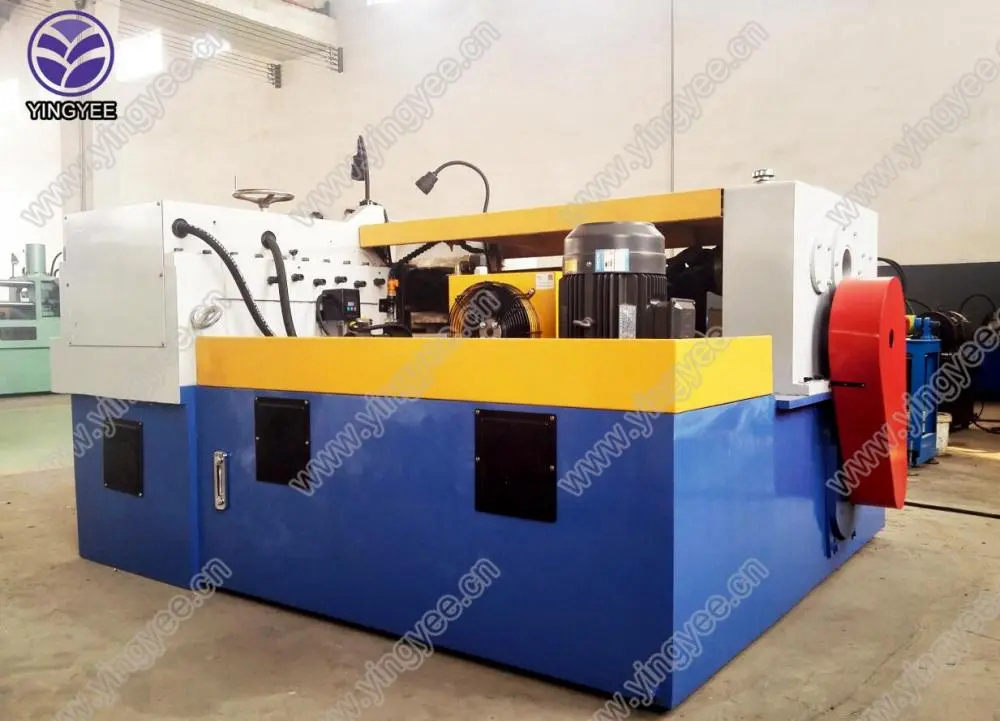
The Standing Seam Rolling Machine An Innovation in Metal Roofing
In the ever-evolving world of construction and architecture, efficiency, durability, and aesthetics are paramount. One of the critical components that have emerged to meet these demands is the standing seam rolling machine. This innovative equipment has revolutionized the way metal roofing panels are produced and installed, offering numerous advantages over traditional roofing systems.
Understanding Standing Seam Roofing
Standing seam roofs have quickly become a popular choice for residential, commercial, and industrial buildings. This roofing style features vertical panels with raised seams that interlock, creating a resilient barrier against the elements. The design is not only visually appealing but also offers superior performance, including excellent waterproofing and wind resistance. Standing seam roofs can be made from a variety of materials, including steel, aluminum, and copper, making it a versatile option for various architectural styles.
The Role of the Standing Seam Rolling Machine
A standing seam rolling machine is a specialized tool used to fabricate these roofing panels on-site or in a manufacturing facility
. Unlike traditional roofing methods where panels are cut and assembled on-site, a rolling machine allows for continuous production of metal panels with precise dimensions and consistent quality. The machine operates by feeding coils of metal through a series of rollers, transforming the flat material into raised seam profiles that fit together seamlessly.Benefits of Utilizing a Standing Seam Rolling Machine

1. Efficiency and Speed The ability to produce long lengths of standing seam panels on-site significantly reduces installation time and labor costs. Traditional roofing systems often require multiple pieces to be installed, which adds time to the project. With a rolling machine, the continuous production minimizes waste and streamlines the installation process.
2. Customization One of the major advantages of a standing seam rolling machine is the level of customization it offers. Builders can create panels in various widths, lengths, and profiles tailored to the specific needs of a project. This flexibility enables architects to explore creative roofing designs without being constrained by pre-manufactured panel sizes.
3. Quality and Consistency The precision engineering of rolling machines ensures that each panel is produced with uniform thickness and dimensional accuracy. This consistency is crucial for maintaining the integrity of the roofing system and ensures a better fit during installation. Additionally, the controlled environment of a manufacturing facility reduces the risk of damage compared to panels that are cut and handled multiple times on-site.
4. Reduced Waste Traditional metal roofing systems often generate excess material that ends up as scrap. The standing seam rolling machine, however, optimizes material usage by producing panels to the exact specifications needed for a project. This not only lessens the environmental impact but also lowers material costs.
5. Durability Standing seam roofs are inherently durable, and when produced using a standing seam rolling machine, the panels maintain that durability. The continuous seam design provides protection against wind uplift and prevents water infiltration, increasing the lifespan of the roof.
Conclusion
The standing seam rolling machine is a game-changer in the roofing industry, enhancing the efficiency, quality, and aesthetic appeal of metal roofing systems. As more builders and architects embrace this technology, we can expect to see a shift in how roofing projects are conceptualized and executed. With the combination of advanced engineering and the inherent benefits of standing seam roofs, this innovation represents a significant leap forward in creating durable and visually appealing structures. In a world that increasingly values sustainability and efficiency, standing seam rolling machines stand out as essential tools in the modern construction landscape.